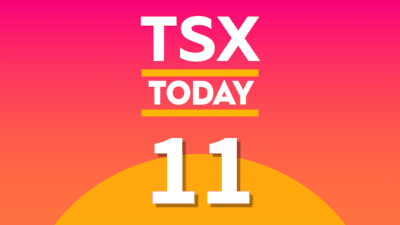This fall, the federal government revamped Employment Insurance (EI) and launched three new benefits to fill the gaping hole that was left with the expiration of the CERB program. Earlier this week, I’d covered how Canadians could determine their eligibility for the Canada Recovery Caregiving Benefit (CRCB). Today, I want to look at the Canada Recovery Sickness Benefit (CRSB). Like the CERB, these benefits are administered through the Canada Revenue Agency (CRA). Who is eligible? How can you apply? Let’s jump in.
CRA: What is the CRSB?
The CRSB aims to give income support to employed and self-employed individuals who are unable to work because they are sick or need to self-isolate due to COVID-19. Alternatively, those seeking this benefit are sick or need to self-isolate due to COVID-19 or have an underlying health condition that puts them at greater risk of contracting COVID-19.
This benefit, along with the CRB and CRCB, was introduced by the federal government as part of a more focused approach to benefits during the pandemic. While the CERB offered broad coverage that could apply to millions of different cases, these new benefits tackle more specific problems related to the pandemic. Moreover, the CRA is administering these programs in much shorter terms.
How do you qualify for this new benefit?
The three new CRA-administered benefits share common eligibility criteria, with a few key differences. In order to qualify for the CRSB, individuals must be unable to work at least 50% of their scheduled work week because they are self-isolating. The acceptable reasons for self isolation are as follows: the individual is sick with COVID-19 or may have COVID-19, or the individual has been advised to self-isolate due to COVID-19. Thirdly, the individual has an underlying health condition that puts them at greater risk of contracting the virus.
Those who qualify as an advisor according to the CRA include your employer, a medical practitioner, a nurse practitioner, a person in authority, the government, or your public health authority.
Canadians who meet these eligibility criteria can receive $500 for a one-week period. An individual must reapply for each one-week period that they need to take advantage of the CRSB. It is important to remember that this is a taxable benefit, so individuals will receive $450 per week with taxes withheld.
An alternative that lets you work around the CRA
The federal government has demonstrated that it is able to adapt to crises with these radical benefit programs. Investors should do the same and look to generate their own passive income. The best way to do this is through a Tax-Free Savings Account (TFSA). That way, you do not have to worry about sending any of your investment income to the CRA.
Those seeking income on a monthly basis should consider SmartCentres REIT (TSX:SRU.UN). This is one of the largest integrated real estate investment trusts (REITs) in Canada. It is comprised of retail and mixed-use real estate. Shares of this REIT have dropped 16% in 2020 as of close on November 19. The stock is up 20% month over month.
This top REIT currently possesses a favourable price-to-book value of 0.9. It qualifies as a dividend aristocrat, having delivered at least five consecutive years of dividend growth. SmartCentres last paid out a monthly distribution of $0.154 per share. That represents a tasty 7.5% yield.







